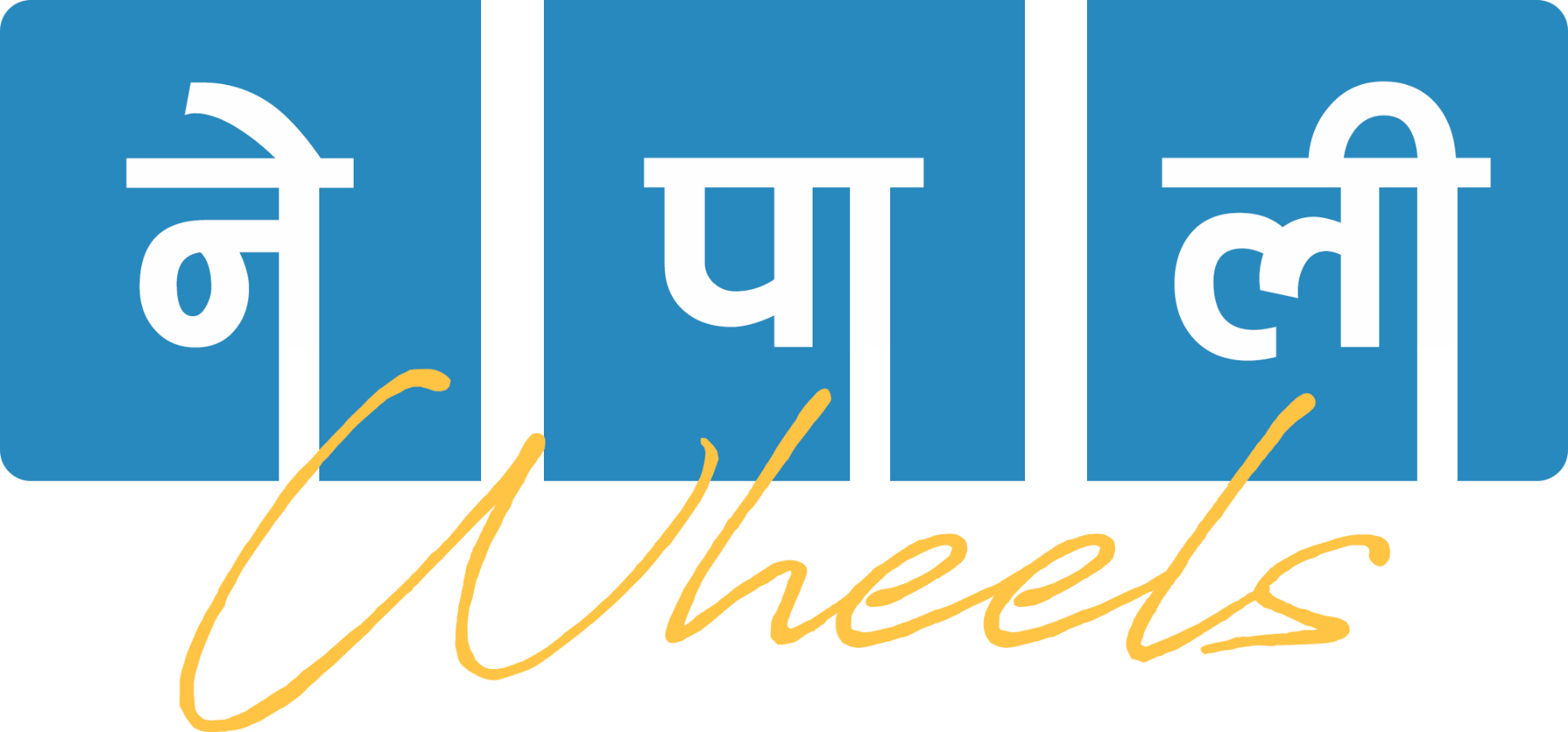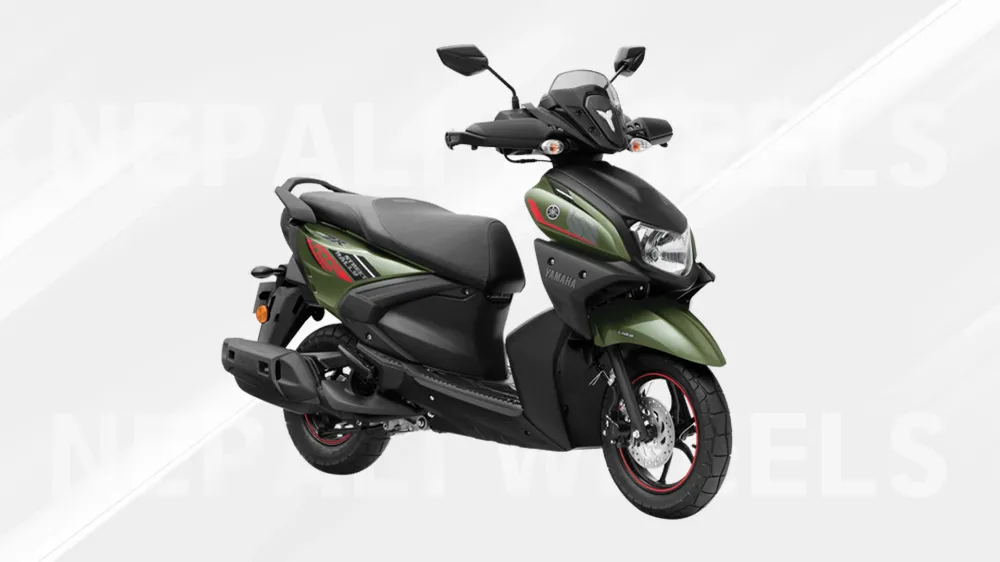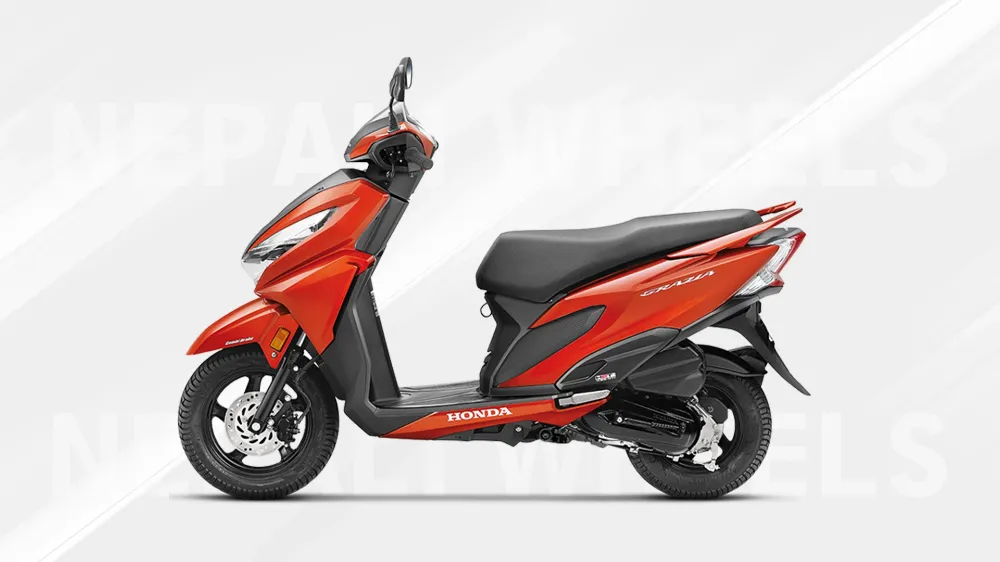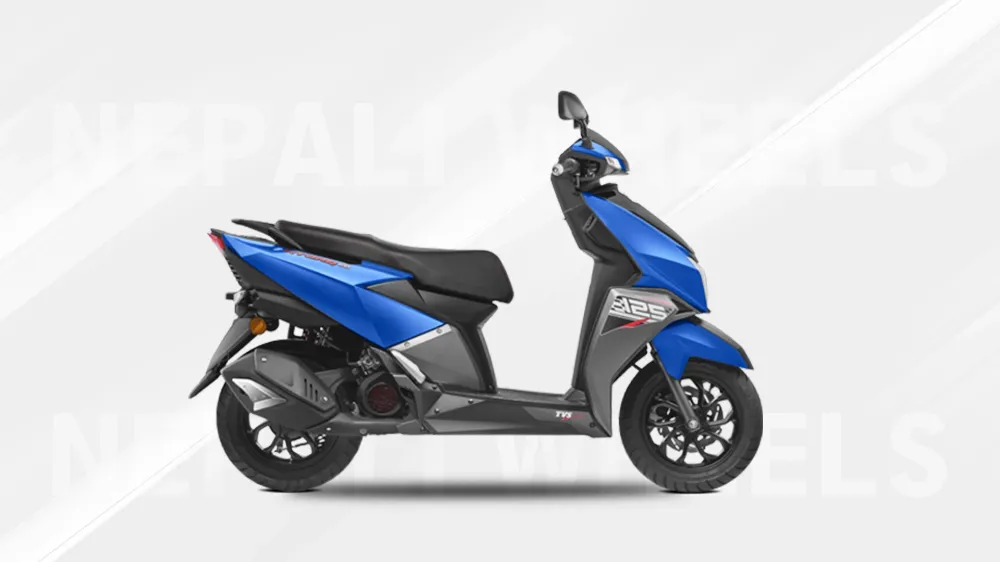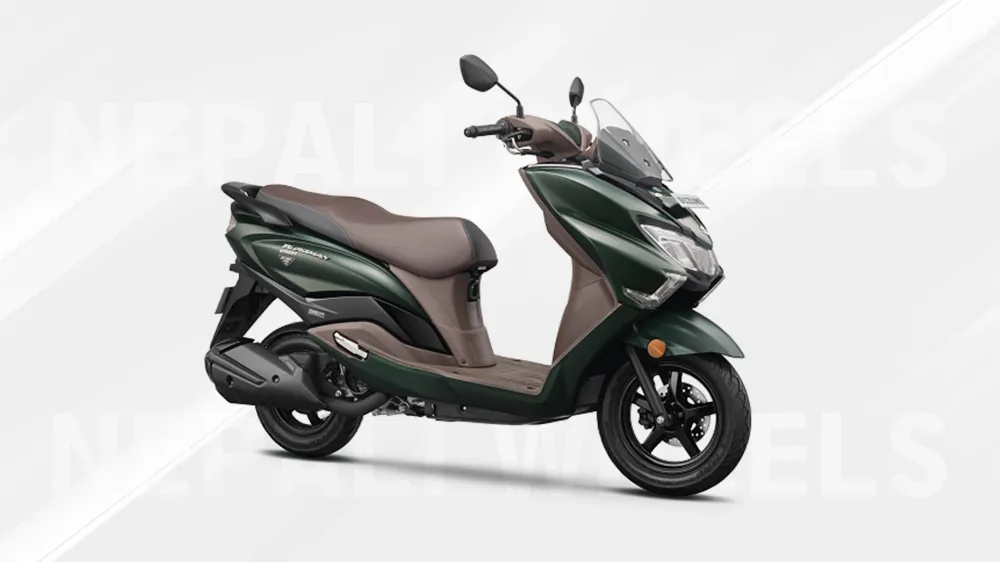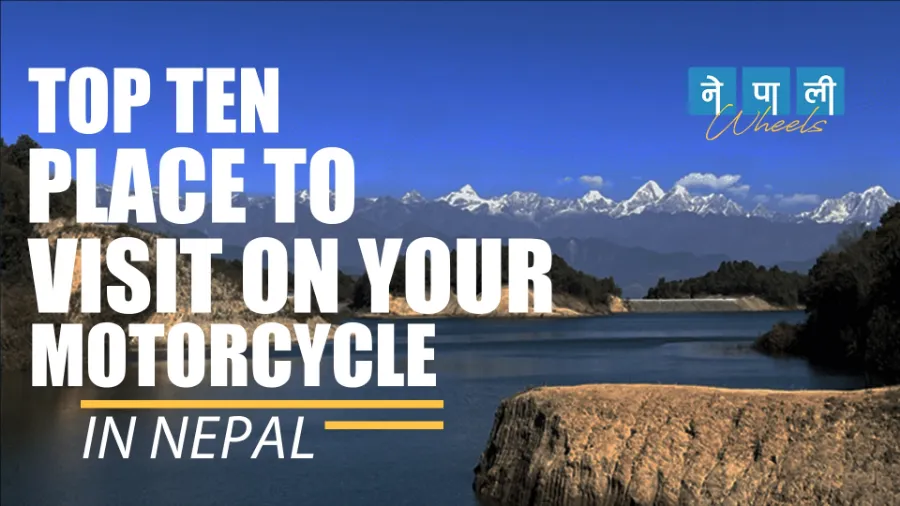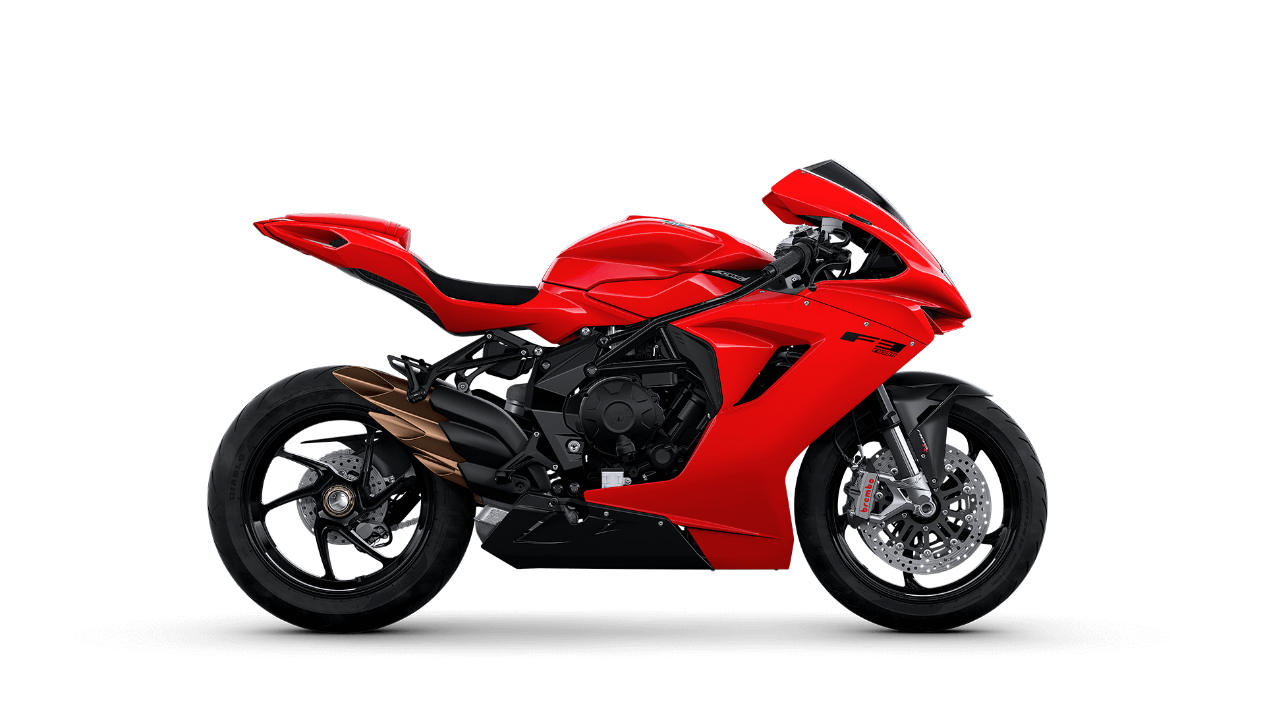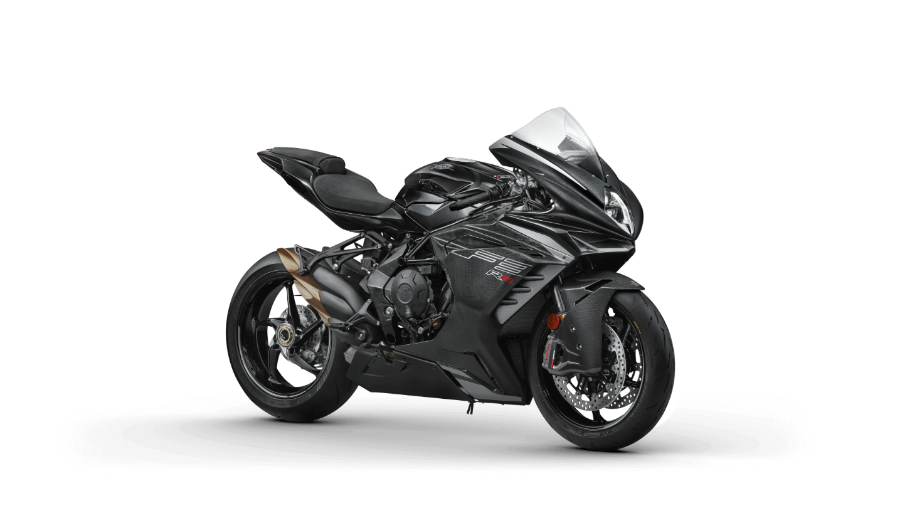Many scenic locations around the most popular short day trip as well as overnight trips are accessible through two-wheel rides around Nepal. Most two-wheeler; especially motorcycle enthusiasts are the ones on the road for adventure with their loved two wheeler.
If you are looking for the perfect location to start your two-wheeler adventure from, you have landed on the correct page. We have curated a list of top 10 place to visit on your motorcycles and scooters 5 short day trips and 5 lengthier trips that you can enjoy on your two-wheeler.
Day trips and ride around Kathmandu Valley:
Recently, young people have begun to prefer Sisneri Nepal - Natural Swimming Pool. Near the Kathmandu Valley, on the route to Kulekhani, is Sisneri. It is a 33 km ride from the city. Recently, adventurers have begun to take notice of this natural swimming pool.

This location can either be taken as a day trip by the people from Kathmandu as well as Hetauda. The road is not well-maintained thus making it the perfect route for dirt bike riders and adventure bike riders.
It was formerly known by the locals as "Ghyampe Dada," a name that is still widely used today. Yet once the ashram was constructed here, Pilot Baba became well-known to the general populace.
This location is significant from both a religious and entertainment standpoint. Your breath will be taken away by the breathtaking view of the Kathmandu Valley, the hills that surround it, and the surrounding vegetation.
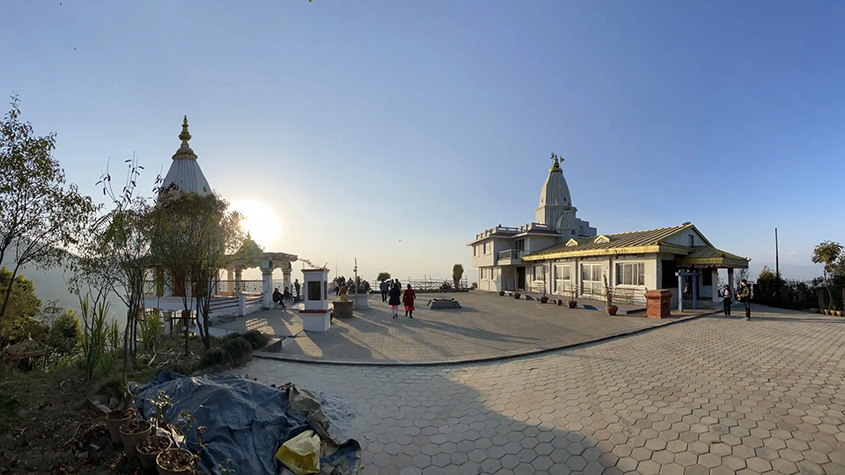
From SuryaBinayak Bus station, Bhaktapur, it’s approximately 6.5 kilometers to ride up to Pilot Baba Ashram. It takes around 20-25 minutes on a bike. The road is mostly black-topped and minor patches are seen on the way. So this road is easy for both scooter and motorcycle riders.
Shivapuri National Park's border is blessed by the stunning man-made lake known as Dhap Dam. This is the newest TIKTOK sensation that is going viral all over the phones of Nepalese youths of the valley. It was built to purify the revered Bagmati River and return it to its naturally beautiful state. In order to keep the Bagmati running and clean throughout the dry season, the dam collects and stores rainfall throughout the monsoon season.
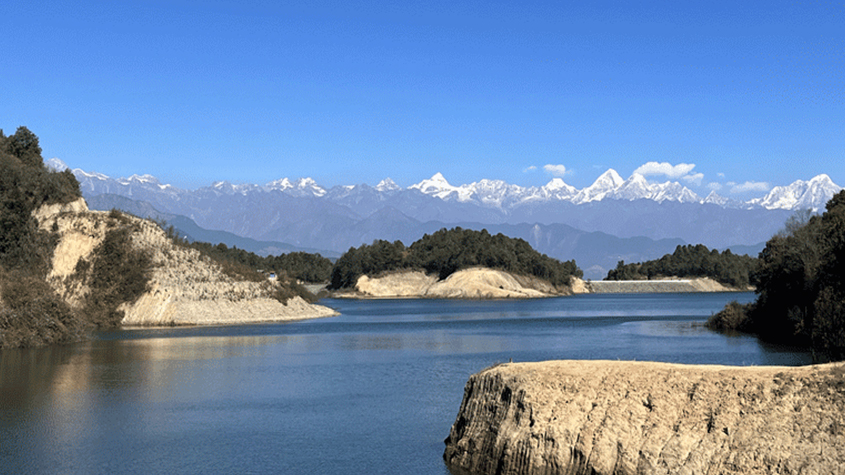
The popularity of the dam for hiking, off-road biking, and sightseeing has increased. The best feature of Dhap Dam is the ride there, which offers views of the magnificent mountain ranges. It is an approximately 24 km off-road ride from the city to reach this pristine manmade location.
Manikhel, a place full of secrets and not yet very well known, lies around 40 kilometers from Kathmandu. Manikhel is distinguished from other communities by the breathtaking Simba Falls, a stunning combination of five little waterfalls that stand out in the midst of the lush forest and the magnificent hills that encircle the entire community.
If you take the following path, you can get to Simba Falls in about 2.5 hours:
Satdobato - Chapagaun - Lele - Bhardeu - Chaughare - Gotikhel - Manikhel
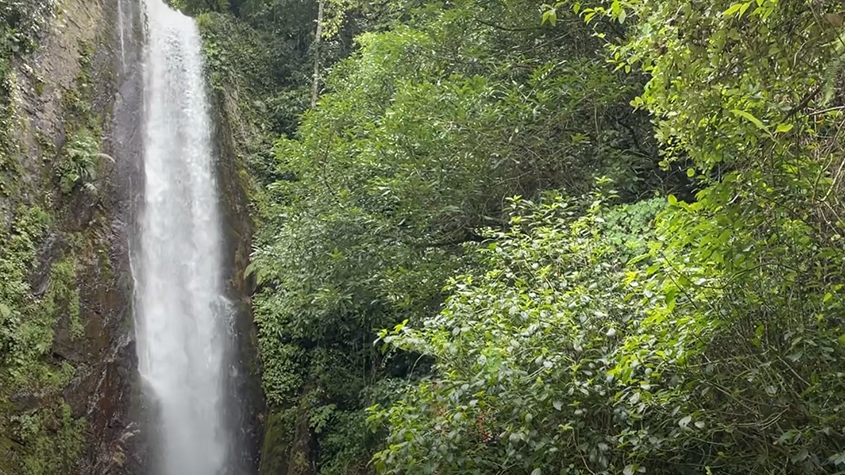
In order to get to the mesmerizing waterfall, you must do a short, challenging, but enjoyable climb. Manikhel is a short ride away from Kathmandu that will take you through tough and muddy terrain, but it will be well worth it because it will give your off-roader the adventure it deserves!
A little settlement called Markhu can be found on Indrasarovar's northern shore. It is located 43 kilometers from Kathmandu and can be reached by two-wheelers in about 2 to 2.5 hours. The road previously used to be in good condition and accessible through every mode of transport but now the condition is really rough.
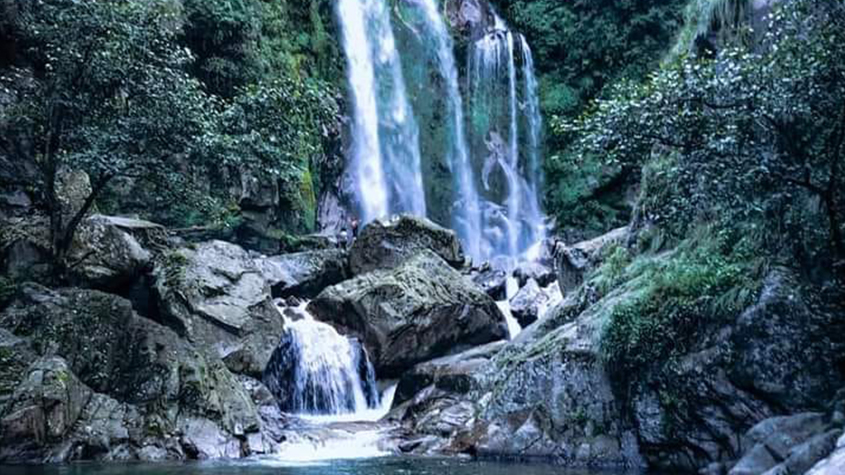
This boon has made the road ideal for adventure motorcyclists and off-roaders. From Markhu, Mohani Jharana is a 45 minute walk uphill. This is one of the best locations that I personally have visited.
Overnight or longer trips around Nepal:
The typical bike or scooter ride to Trishuli is actually the most popular ride to the very famous Sukute Beach. The Sukute beach is a great place to pass some time in the early spring or during the turn of autumn into winter. A fantastic pleasure to behold for a very, very long time is lying in the sun on the beaches of the Trishuli River beneath clear blue skies.
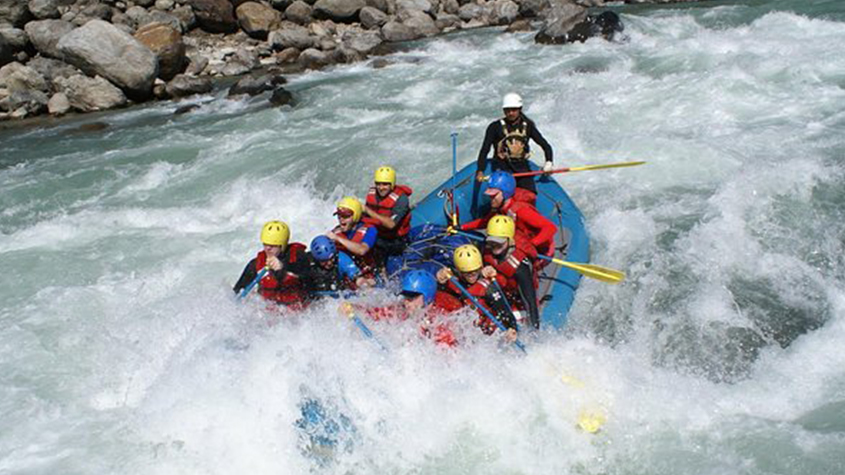
About 70 kilometers from Kathmandu and a two-and-a-half-hour drive away, Sukute looks out over the Bhote Koshi River, also known as the Sunkoshi River, which flows directly after the Dolalghat. The drive is just on the highway so riders be mindful of how fast you go on your two-wheeler.
How can someone make a list of the best motorcycle destinations in Nepal and miss the infamous Muktinath, Lo-Manthang trip. This is the ultimate location for all adventure two-wheeler travelers to reach in their lifetime.
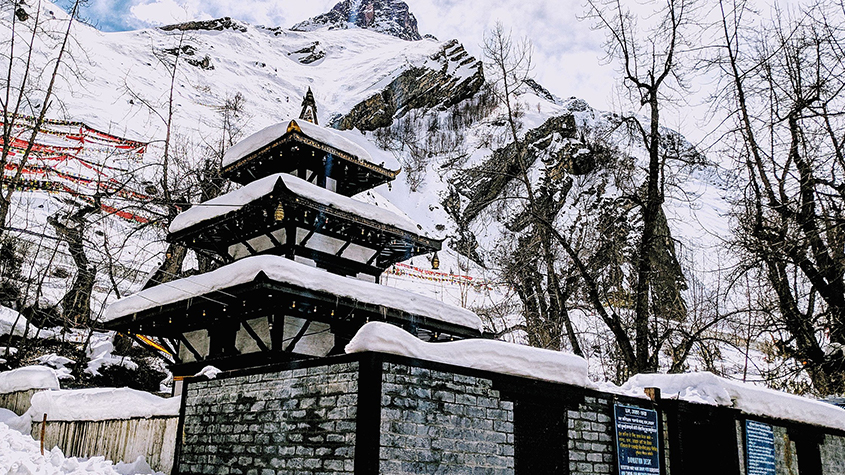
Honda Nepal’s Lo-Manthang trip on the Honda Grazia was one of the most iconic videos to be there on the internet. This motorcycle or as HONDA did the Honda Grazia tour is an average 7 day trip. This trip has to be the best for the trail bike owners who want to ride their bikes to their ultimatum.
Parbat, Kusma has always been known for the highest and the longest suspension bridge to ever exist measuring a height of 576m long and 122m high. Another major attraction around this location is the highest bungee jump point; The Cliff. Pokhara is a significant city close to Kushma, and the two cities are only separated by 62 Kilometers.
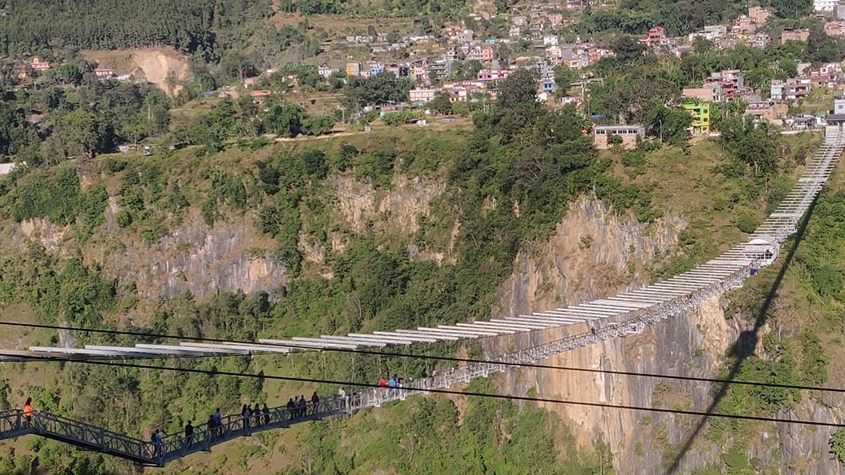
It takes around two hours to go from Pokhara to Kushma, and the roads are in generally decent shape. Hence, scooters, motorcycles, and four-wheelers can cruise through the highway roads.
Being the first ever bungee jumping location of Nepal, The Last Resort holds a special place in every adventurer's hearts. The Last Resort is Nepal's original bungee jumping location. This bungee jumping location is located near the Tibetan border on top of a canyon, a three-hour journey from the city.
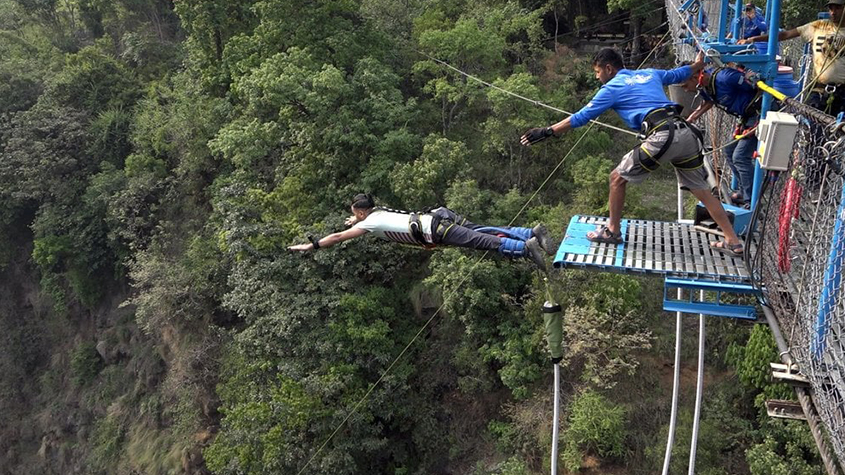
The roads of this highway have never been in the best condition but I have witnessed many two-wheelers cruise these roads. It stands 160 meters above the Bhotekoshi River. The 166-meter wide steel suspension bridge above the Bhotekoshi River is where the bungee jump takes place.
Further adventurous activities including rafting, cannoning, kayaking, swings, etc. are organized by The Last Resort. Only in Nepal can one enjoy the breathtaking thrill of bungee jumping in the jungle.
5. Nepal to Tibet motorbiking
If one is planning to go to the extremities, a trip across borders would be it.
From Nepal, a motorbike tour of Tibet is more accessible. Both renting a motorcycle and finding a bike technician in Nepal are simple processes. The motorcycle group's immigration procedures to Tibet involve a lengthy application process that takes additional time for documents which has to be taken care of before going to the location.
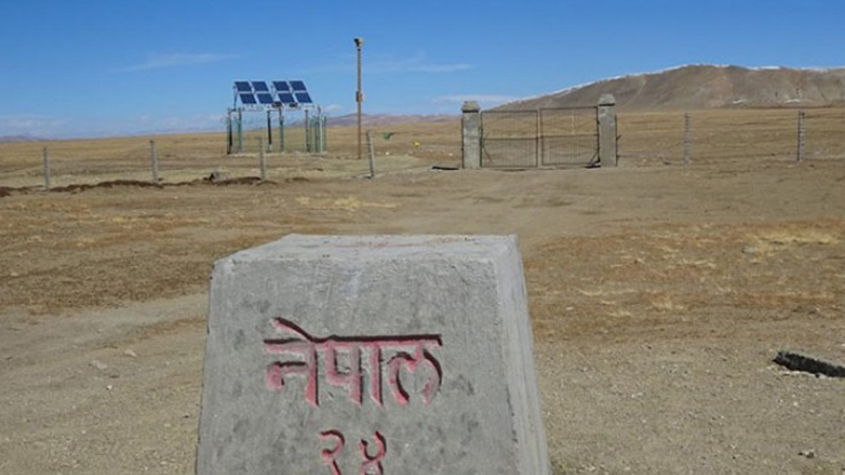
Tibet Everest Base Camp and Lhasa Everest Base Camp are two well-known motorcycle routes. Royal Enfields, Crossfires, CRF’s and other cruisers and off-roaders are preferred for such biking routes.
